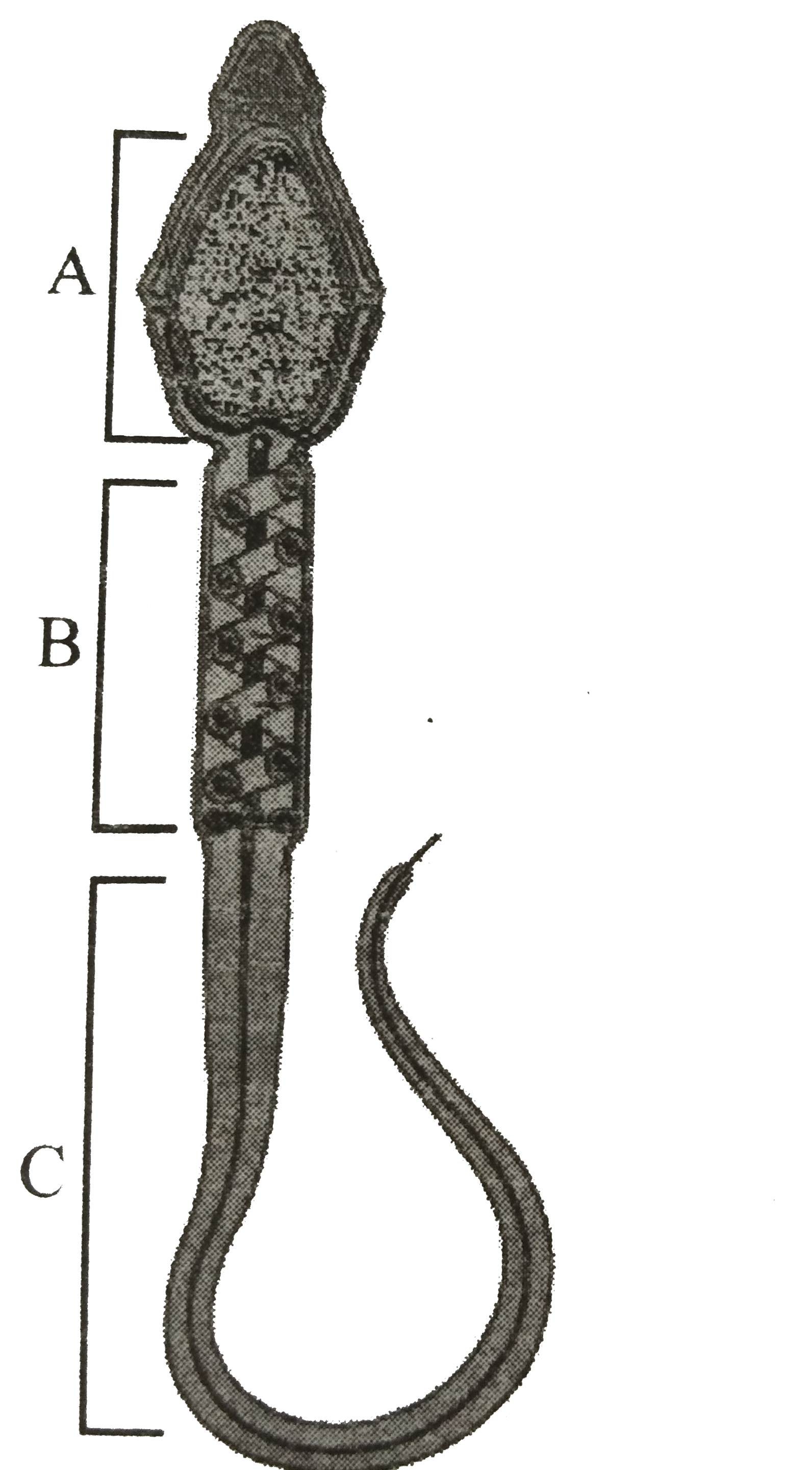Choose the correct one of the following regarding respiratory capacities is
FRC = ERV+RV
VC = IC - ERV
IC = ERV+ VC
EC = IC - ERV
The correct Answer is:A
To solve the question regarding respiratory capacities, we need to analyze each option provided and determine which statement is correct based on our understanding of respiratory volumes and capacities.
1. Understanding FRC (Functional Residual Capacity):
- FRC is defined as the volume of air remaining in the lungs after a normal expiration.
- Mathematically, FRC is the sum of two volumes:
- ERV (Expiratory Reserve Volume) - the amount of air that can be forcibly exhaled after a normal exhalation.
- RV (Residual Volume) - the amount of air that remains in the lungs after a maximal exhalation.
- Therefore, the equation for FRC is:
FRC=ERV+RV
- This option is correct.
2. Analyzing VC (Vital Capacity):
- VC is the maximum amount of air that can be exhaled after a maximum inhalation.
- It is calculated as the sum of:
- TV (Tidal Volume) - the amount of air inhaled or exhaled during normal breathing.
- ERV (Expiratory Reserve Volume).
- IRV (Inspiratory Reserve Volume) - the amount of air that can be inhaled after a normal inhalation.
- The correct equation for VC is:
VC=TV+ERV+IRV
- The statement "VC is equal to IC minus ERV" is incorrect.
3. Evaluating IC (Inspiratory Capacity):
- IC is the maximum amount of air that can be inhaled after a normal expiration.
- It is the sum of:
- TV (Tidal Volume)
- IRV (Inspiratory Reserve Volume).
- The equation for IC is:
IC=TV+IRV
- The statement "IC is equal to ERV plus VC" is incorrect.
4. Examining EC (Expiratory Capacity):
- EC refers to the total amount of air that can be exhaled after a normal inhalation.
- It is the sum of:
- ERV (Expiratory Reserve Volume)
- TV (Tidal Volume).
- The equation for EC is:
EC=ERV+TV
- The statement "EC is equal to IC minus ERV" is incorrect.
Conclusion:
After analyzing all the options, the only correct statement regarding respiratory capacities is:
FRC = ERV + RV
Final Answer:
The correct option is: FRC is equal to ERV plus RV.
- FRC is defined as the volume of air remaining in the lungs after a normal expiration.
- Mathematically, FRC is the sum of two volumes:
- ERV (Expiratory Reserve Volume) - the amount of air that can be forcibly exhaled after a normal exhalation.
- RV (Residual Volume) - the amount of air that remains in the lungs after a maximal exhalation.
- Therefore, the equation for FRC is:
FRC=ERV+RV
- This option is correct.
- VC is the maximum amount of air that can be exhaled after a maximum inhalation.
- It is calculated as the sum of:
- TV (Tidal Volume) - the amount of air inhaled or exhaled during normal breathing.
- ERV (Expiratory Reserve Volume).
- IRV (Inspiratory Reserve Volume) - the amount of air that can be inhaled after a normal inhalation.
- The correct equation for VC is:
VC=TV+ERV+IRV
- The statement "VC is equal to IC minus ERV" is incorrect.
- IC is the maximum amount of air that can be inhaled after a normal expiration.
- It is the sum of:
- TV (Tidal Volume)
- IRV (Inspiratory Reserve Volume).
- The equation for IC is:
IC=TV+IRV
- The statement "IC is equal to ERV plus VC" is incorrect.
- EC refers to the total amount of air that can be exhaled after a normal inhalation.
- It is the sum of:
- ERV (Expiratory Reserve Volume)
- TV (Tidal Volume).
- The equation for EC is:
EC=ERV+TV
- The statement "EC is equal to IC minus ERV" is incorrect.
After analyzing all the options, the only correct statement regarding respiratory capacities is:
FRC = ERV + RV
The correct option is: FRC is equal to ERV plus RV.
Topper's Solved these Questions
- BREATHING AND EXCHANGE OF GASES BOOK - AAKASH SERIESCHAPTER - BREATHING AND EXCHANGE OF GASES EXERCISE - EXERCISE-I (Exchange of Gases)
21 Videos
- BREATHING AND EXCHANGE OF GASES BOOK - AAKASH SERIESCHAPTER - BREATHING AND EXCHANGE OF GASES EXERCISE - EXERCISE-I (Transport of Gases)
31 Videos
- BREATHING AND EXCHANGE OF GASES BOOK - AAKASH SERIESCHAPTER - BREATHING AND EXCHANGE OF GASES EXERCISE - EXERCISE-III (Previous AIPMT/NEET Questions)
21 Videos
- BODY FLUIDS AND CIRCULATIONBOOK - AAKASH SERIESCHAPTER - BODY FLUIDS AND CIRCULATIONEXERCISE - Exercise -III (Previous AIPMT/NEET Questions)
35 Videos
- CHEMICAL COORDINATION AND INTERGRATIONBOOK - AAKASH SERIESCHAPTER - CHEMICAL COORDINATION AND INTERGRATIONEXERCISE - Exercise-III (previous AIPMT/NEET questions)
41 Videos
Similar Questions
Choose the correct pair from the following regarding responses to abiotic factors.
View SolutionOne of the following is not a respiratory pigment.
View SolutionWhat is respiratory capacity ?
View SolutionSelect the correct option regarding respiratory volumes.
View SolutionChoose the correct statement from the following regarding bacterial Photosynthesis
View SolutionChoose the following regarding Bohr model
View SolutionChoose the correct options regarding a galvanometer
View SolutionChoose the correct statement regarding the microbes-
View SolutionChoose the correct option regarding the product .

View Solution
Choose the correct option regarding this figure of sperm ?
View Solution
